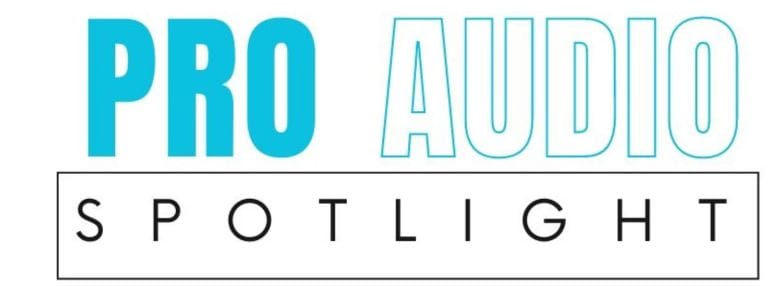Inside Andrew Huang’s Content Creation Studio
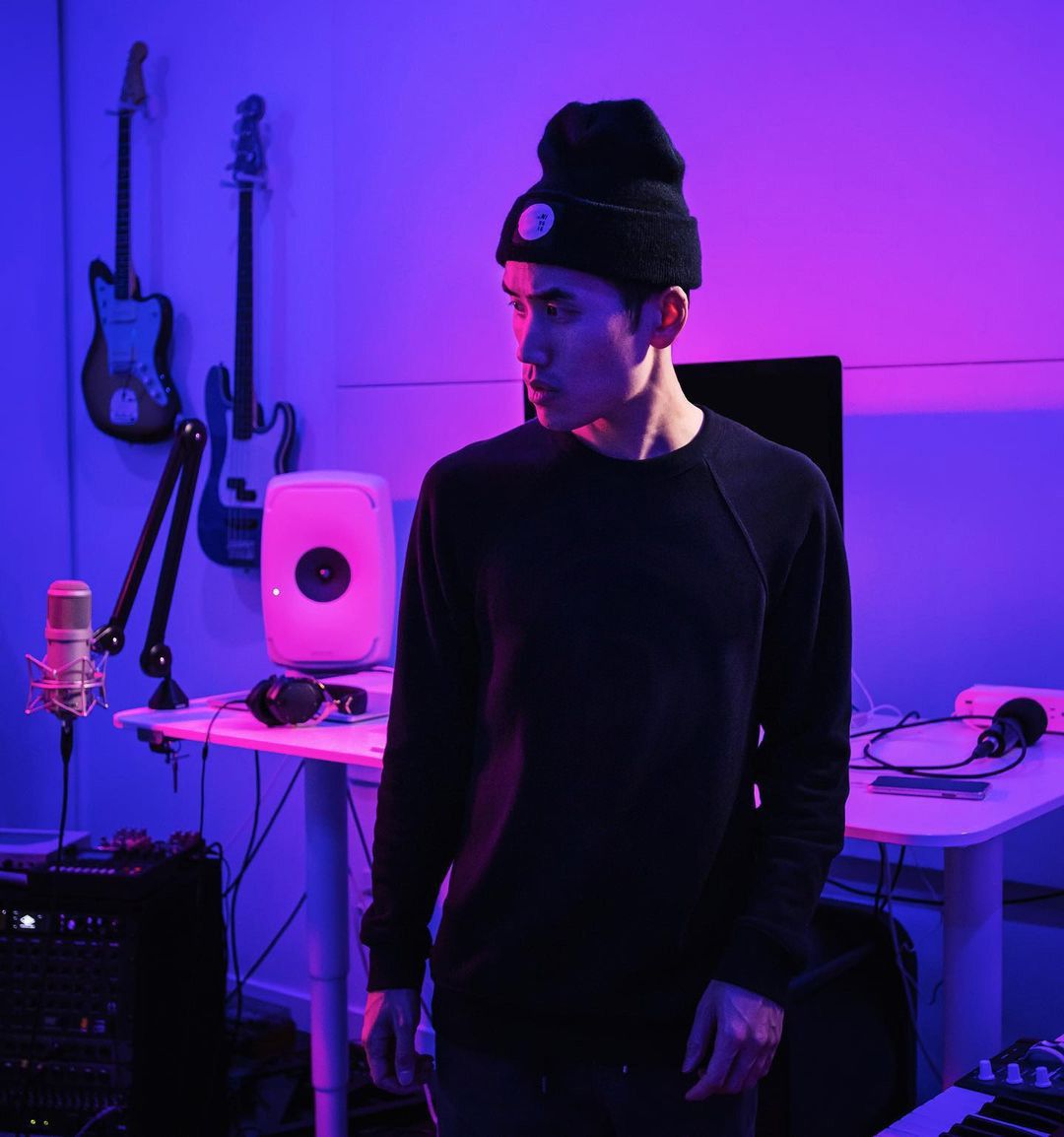
By Manus Hopkins
Andrew Huang doesn’t do the traditional studio work you’d typically read about. The Canadian YouTuber, who has amassed over 2.2 million subscribers and 310 million video views on his channel, is known for his versatility as a musician and his creative ways of making music and audio-centric video content.
“I do a lot of different music things that I have been able to umbrella under my YouTube channel,” Huang explains over a Zoom call from his studio space. “I started actually writing songs as personal commissions for people on eBay, where I would just auction my songwriting and music production skills, and just grew that into doing commercial commissions. I eventually started doing a little bit of producing and mixing for local artists, and then doing my own artist stuff, and then figured out that YouTube was really fun for me and turning that into a channel about all things musical that I find interesting, which might be gear, theory, or tutorials about whatever techniques.”
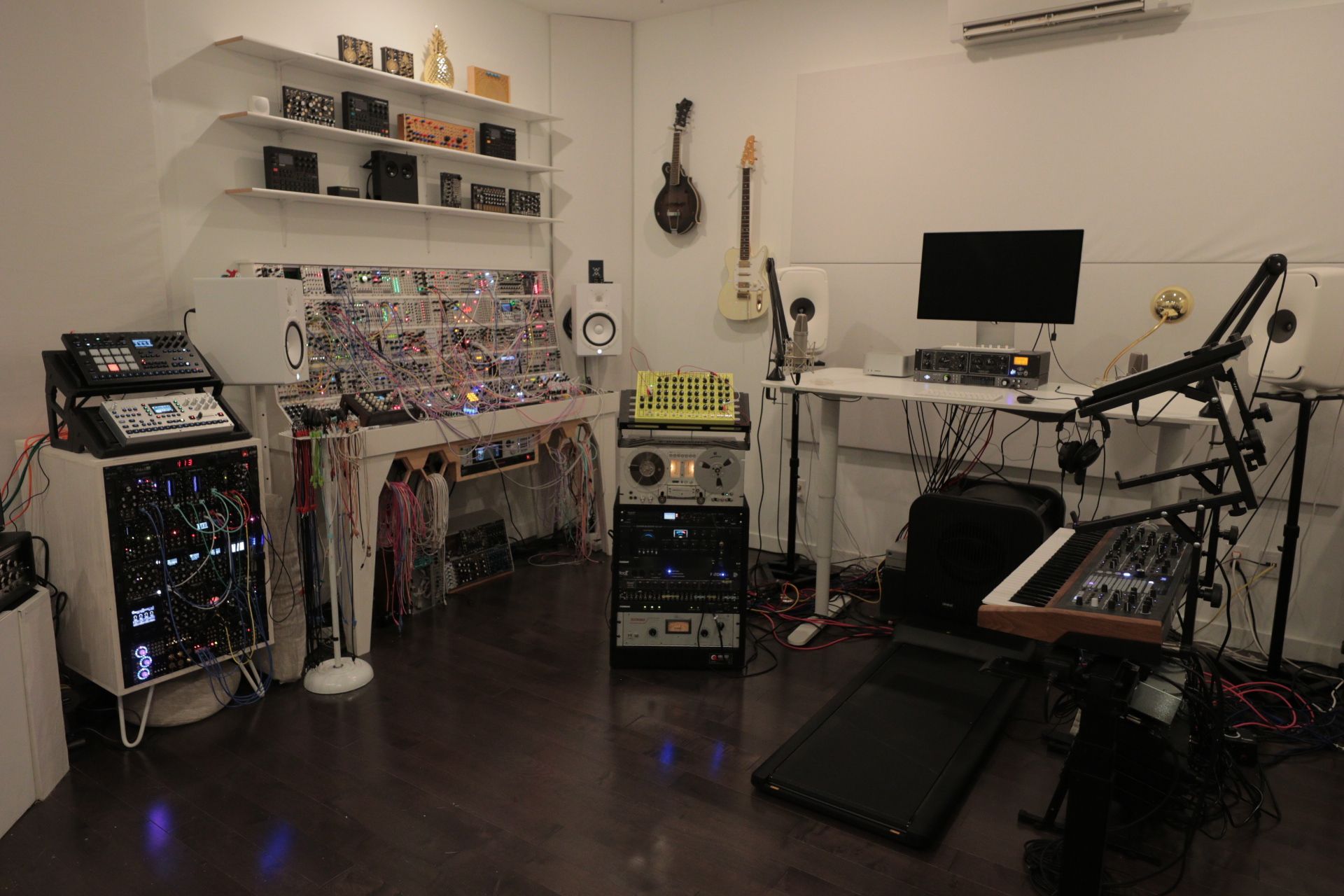
When Huang’s YouTube channel started taking off, with his videos getting more views and bringing in more subscribers, companies started reaching out to the content creator to ask for gear reviews and sending him equipment to try out.
“I think it has really deepened my appreciation for just what goes into any kind of music gear; anything of quality has a huge amount of thought put behind it,” Huang says. “There are some really creative, brilliant people coming up with this stuff that we kind of just pick up in the shop and then don't really learn properly and complain about a lot of the time. And I think that over the last few years, I've been able to work with some amazing companies and people making really creative products that I think have deepened my workflow like that, just getting to know them better and being able to see what's gone into it. Getting more excited about the gear has made me learn it better.”
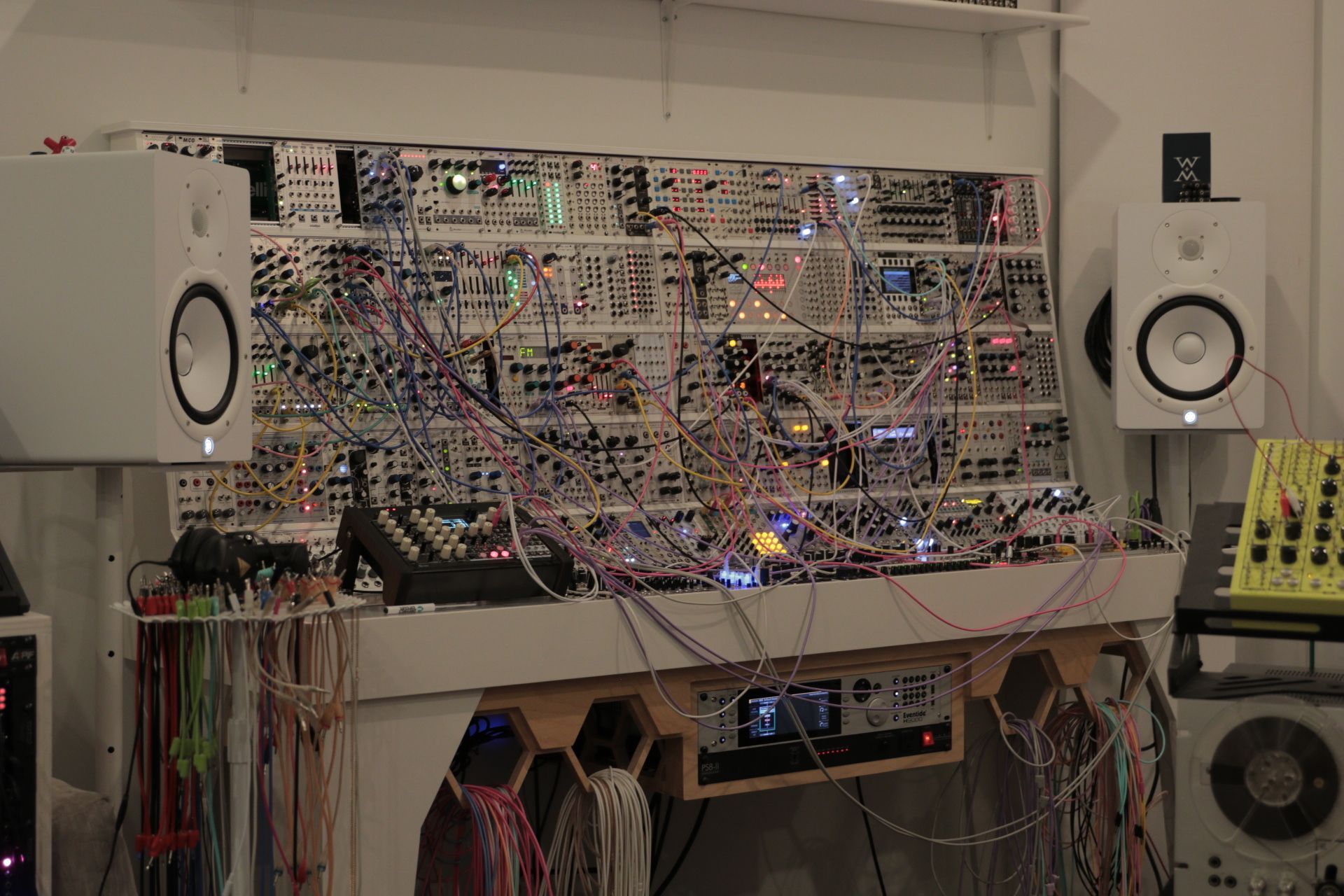
One thing Huang notes is that he actually reads the manuals for new gear he receives, even calling himself a “manual-reading nerd.” When so many of us jump straight to trying to figure something out on our own, or search up a YouTube tutorial, Huang doesn’t understate the value of taking the time to scour over the instructions first.
“I did that a few times to learn something better because I had to quickly make a video on something,” he says. “I’m actually unlocking all this extra creative potential, just by getting to know something better, spending more time with it, doing it a little bit more studiously rather than just assuming that everything is going to work perfectly intuitively, which sometimes it can, but often it doesn't for 100 percent of the features. It's been cool to be able to connect with different companies and just find interesting ways to work together. My mission is always, to further my creativity and music and get other people trying things out and thinking outside the box.”
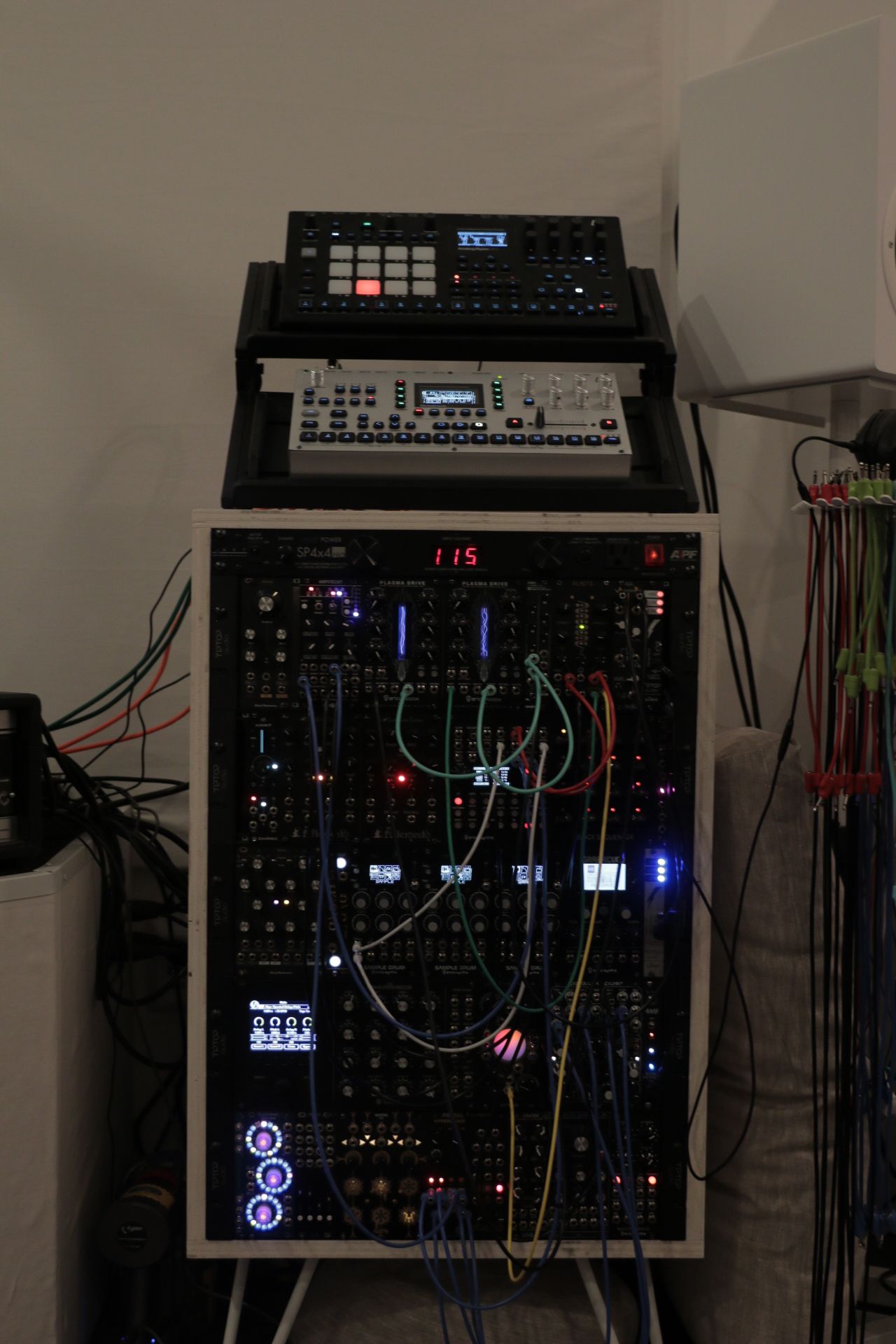
One company Huang is involved with these days is Canadian digital controlled analog patchbay maker Flock Audio. With several entries in the PATCH Series now available, Flock Audio has been on the rise globally, and the company’s founder and CEO Darren Nakonechny is always looking for ways to show the versatility of his products. Teaming up with content creators like Huang is one such way to do that.
“It puts less of a corporate face out there to the market,” Nakonechny explains. “So, what I mean by that is, I consider ourselves to have pretty good branding, image, and marketing behind us. But at the end of the day, that doesn't always sell customers. And that doesn't always create that trust level that most customers are looking for. We have a lot of these very highly renowned Grammy Award-winning engineers and [people] like that using our products. But that doesn't always connect with everybody at certain levels. So, you need this sort of tiered approach of different access points to our industry. When you start a new band these days, or whatever, you just want to get signed and just go on the road and tour. But what people fail to realize and understand is our rather small, tight knit community of pro audio has a very vast number of channels where you can go out there and make a living.”
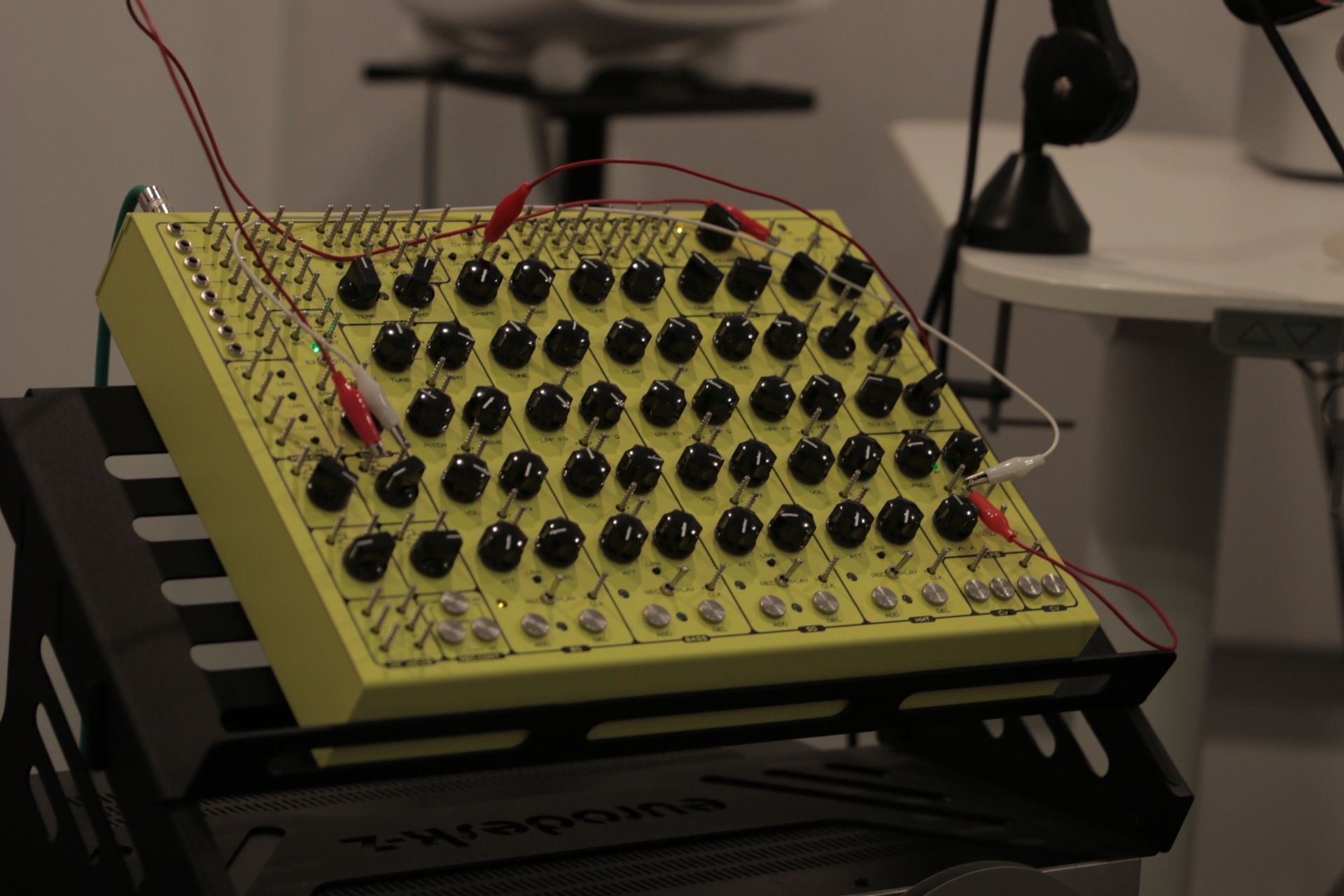
Nakonechny was somewhat familiar with Huang’s content already when he saw a video the YouTuber had made, wherein he was demoing some pedals and using Flock’s patch in between them. Flock’s team does routine internet sweeps where they check out who has tagged the company and what kinds of things consumers are using their products for. Huang’s different approach to audio recording and creative style content caught Nakonechny’s eye, and the CEO jumped at the opportunity to work with Huang. He asked Flock’s PR team to get in touch with Huang to find out how he was using the company’s system.
“It's not just, Grammy Award-winning, high end audio engineers in these massive studios using our products,” Nakonechny says. “It's people like Andrew who are using them to do all these very creative routings and setups with all kinds of different gear. And it shows that while our product fits at a really high level, it also fits at this level and is obtainable for professionals like Andrew, who are in a completely different space.”
Huang doesn’t exactly remember how he first became aware of Flock Audio. It may have been the company’s marketing, or he may have seen someone he knows using the company’s products.
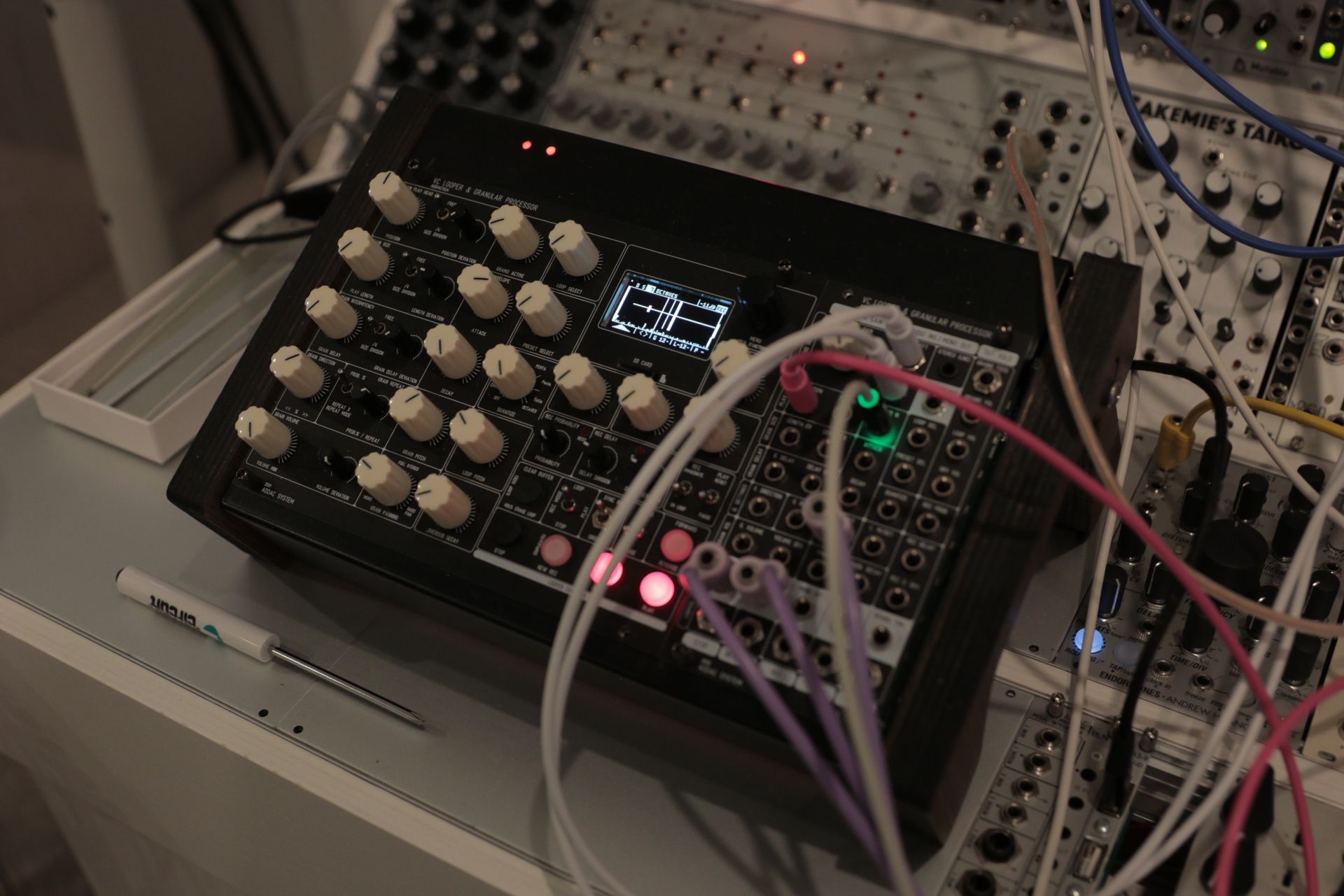
“It was sort of one of those ‘I can't believe this didn't exist before’ moments,” Huang says. “It climbed to the top of my gear priorities pretty quick. I’ve been using it, I don't know how long, I think maybe three, four years. It’s so great; it just connects everything that I want to connect so much more easily. I almost want to say I take it for granted now with just how it's so integrated.”
Explaining how he integrates Flock Audio into his workflow, Huang says the key thing is that he uses preset slots. With Flock, he loves that he can be just a click away from his vocal tracking setup or his synth tracking setup, and he even has a setup specifically for making tutorial videos.
“It routes my mic through an external audio recorder, because I want to use something that's not my computer to record audio when I'm doing a tutorial about computer stuff,” he says. Just that is really handy. And then otherwise, I imagine the typical thing is just being able to really quickly try out different chains that integrate my hardware. Another thing I also enjoy is sending stuff out of my DAW, which is Ableton, to some hardware and then back in. So just making all of that so much faster and easier than I ever thought was possible has been really cool.”
Flock Audio’s flagship model, simply named PATCH, is a 64 (32x32) point digitally controlled, analog patch routing system that comes equipped with four connectors in the front panel of the system, as well as two XLR/TRS combo jack inputs and two XLR output jacks. The front panel connectors make it possible to quickly and easily integrate outside audio equipment or instruments, while the front panel connection points are optional use and can be activated or deactivated using Flock Audio’s PATCH app. The inputs are also able to power 48v microphones.
Something Nakonechny says he hears often, including from Huang himself, is that users couldn’t believe PATCH and its subsequent expansions didn’t exist before Flock Audio came along. It’s hard to say whether or not that was the intention behind the company, but Nakonechny does share his inspirations for his product.
“It’s not just a straightforward, simple answer,” he starts. “It didn't really make anything push me to start the company because it never existed. It was more so creating a solution for a problem I had at the time when I was still running my own home recording studio.”
There were some things Nakonechny was able to use, but nothing as flexible, intuitive, and versatile as what he wanted.
“It really started by creating something for myself,” he says. “And then as I was discussing with some other fellow audio engineers, I really found there's a large market gap for this. And then it kind of just spiraled from there.”
At the beginning, Nakonechny would never have thought that Flock Audio would become his main gig. He thought, like a lot of smaller gear designers and manufacturers, he would be running Flock as a small business alongside his recording studio. Now, he says he’ll be lucky if he remembers how to launch Pro Tools in a few years.
“I just got so busy on the business side,” he says.
Seeing Huang use Flock’s gear for applications beyond the traditional recording studio has made Nakonechny think about the other sectors in which audio professionals could find uses for PATCH.
“You always want to try and make your market more versatile and more open to catering to different sort of industries and whatnot, because Flock is primarily recording studios and stuff like that,” he explains. “And that's what we're most well known for. We are looking at tapping into other sectors within the pro audio industry, including more live applications and broadcast facilities, and we're seeing more and more soundstage design, which is pretty cool.”
Nakonechny says lots of older theatres and cinemas are still using old patchbays, and have to run down catwalks and up ladders to move around signals.
“Especially with the latest edition of PATCH APP DX, with which you can effectively run your entire patch ecosystem from an iPad, it makes it so much more accessible to them and so much more flexible; they don't have to do all that additional legwork and moving cables around and stuff like that in these older facilities,” he says. “What's really cool about that is it also allows them to maintain a lot of the current gear that they have set up in their specific areas and rooms and stages and stuff like that. They don't have to go rip all this stuff out and go to something that does AD/DA conversion multiple times; they can literally pull out their existing traditional patchbays with the Flock PATCH series model, whichever one fits, and they’re pretty much off to the races at that point. So, we've started exploring more and more into those areas.”
For Huang, working with Flock has made his workflow much more fluid, allowing him to keep up his creative streaks with minimal stalls. Something Huang notes that Flock does for him is give him the “best of both worlds” between digital and analog elements.
“The more that I have worked with music, and especially in the studio, the more that I've really gone deeper in in both directions in terms of both in the box and outboard,” he explains. “Being able to mix that up is really fun. And I think that previously, they were a little more walled off, and it would be, not entirely, but a little more hardware on the way in, and then it's not really part of the process anymore. And now I like that I can send things back out of Ableton and try some things out, or just set up really weird chains that maybe I would have thought about before, but maybe not bothered to actually patch. I think it just allows me to get more of my ideas out because it breaks down some of those barriers.”
Nakonechny weighs in on the creative benefits of using Flock Audio as well, agreeing that Huang’s experience is what he had hoped to see.
“I look at it a couple different ways, but one of the most primary ways I think about it is you're investing a lot of money in your analog gear. And analog is typically obviously softer in terms of your overall transients and whatnot,” he says. “You obviously still can't obtain that yet with digital. So I look at it in the sense of, you're investing all this money in your analog gear, and if you're going to go the route of digitizing it say by using something that does actual AD/DA routing, like some of the interfaces or some of the other routing options out there, you're really doing a disservice to what your investment was, which was initially the analog part of it, and you want to keep that as pristine and as clean as transparent as possible throughout your entire creative process. Of course, when you come out of it and back into the box, there has to be that AD conversion. But that's one versus say,12 or 20 different conversions hopping in and out. So, to really get the most out of your investment and maintain that analog signal flow, is to keep it analog for as long as possible. And with that comes on a lot of other benefits, as far as no latency, no degradation signal. Something as intuitive and simple as the PATCH APP, to add to what Andrew mentioned, you can just try so many crazy things that you otherwise would be like, ‘I'm not touching the patchbay,’ or ‘I'm not pulling that cable,’ or whatever, or ‘I know this works, so I'm just going to leave this setup as it is.’ But now you get to be on that whole creative side to be like, ‘Oh, wow, when I flip that, or throw this compressor in before this, or whatever, this is really cool. I never would have done this before.’ So, we've really hinged on the fact that the PATCH Series, as much as it enhances your workflow and streamlines everything, makes you so much more creative, and you get to enjoy it. And we all know creativity is a ticking time bomb in the sense that if you're messing around cables or whatever, you lose that creative flow, and then all of a sudden, you don't know what exactly you're working on.”
While he adds new entries into popular video series, Huang is also working on some new content, going bigger than ever with his content creation. He can’t say too much about one upcoming project, but teases that it involves putting a synthesizer in a “crazy, crazy place.” As more gear comes out and more music trends arise, the YouTuber isn’t worried about running out of creativity any time soon.
“I’ve had the opportunity to try so many things now,” he says. “And I feel like I've gotten good at learning new stuff. And so, I really love to just dive in knowing very little and see what I can discover.”
Andrew Huang’s Gear List:
Computer
Mac Studio
Studio Display
Lacie RAID
Monitors
Genelec 8351A with 7370A subwoofer
Yamaha HS8
Guitars
Gibson Songmaker Dreadnought Mahogany
Ibanez Talman
Verso Orbit Baritone
Fender Jazzmaster
Fender Aerodyne Precision Bass
Fender 5-String Jazz Bass
Fender Fretless Jazz Bass
Synths
Expressive E Osmose
Arturia Matrixbrute
Moog Sub37
Moog Matriarch
Soma Pulsar-23
Ableton Push 3
Lots of Eurorack
Interfaces
UA Apollo x8
UA Apollo 8p
Outboard
Flock Audio PATCH
UA 1176
UA LA-2A
UA LA-610
Empirical Labs Distressor x2
Gamechanger Audio Plasma Rack x2
Eventide H9000
Sherman Filterbank
Echo Fix EF-X3R
Roland RE-201
Manus Hopkins is a Toronto based freelance writer/
He can be reached at manus.hopkins@torontomu.ca
